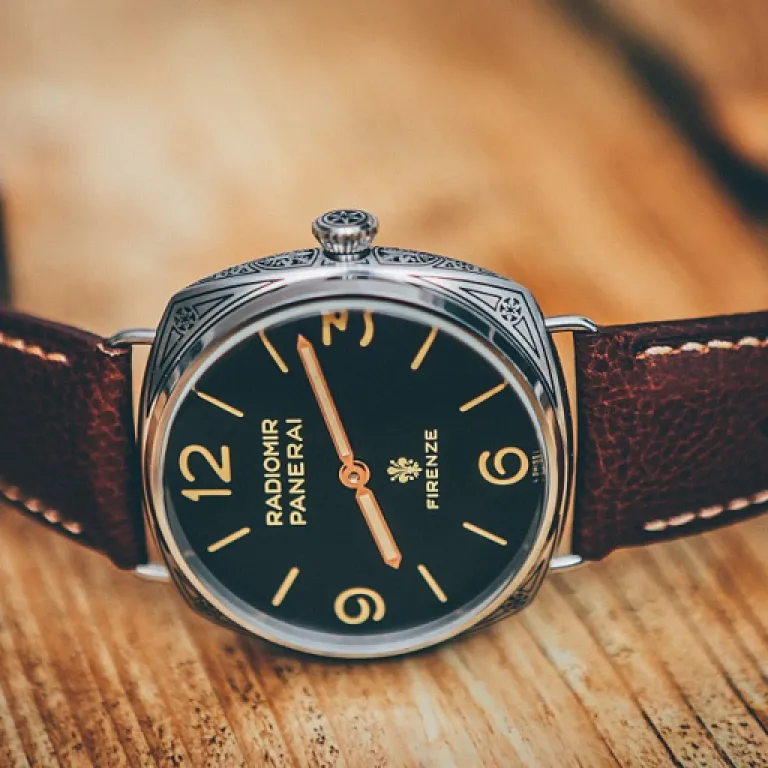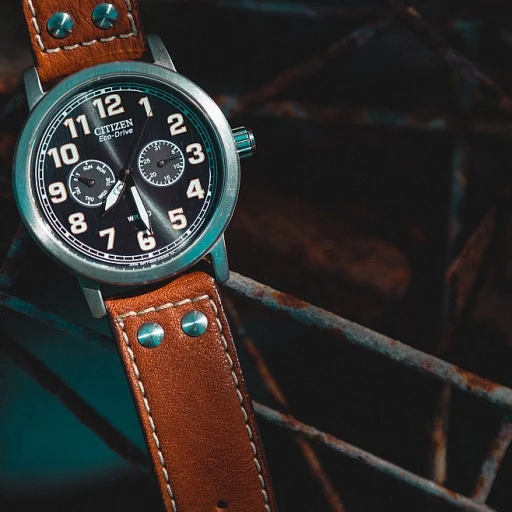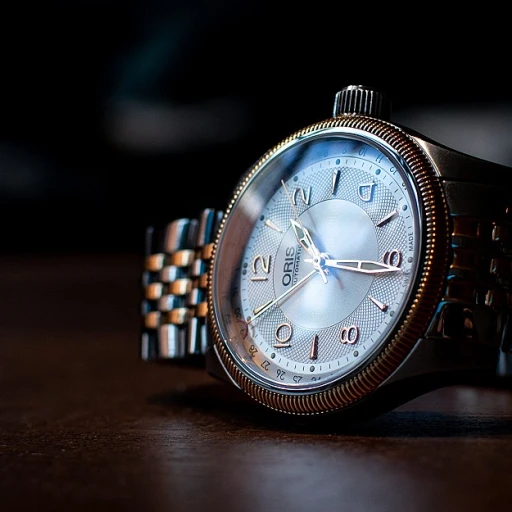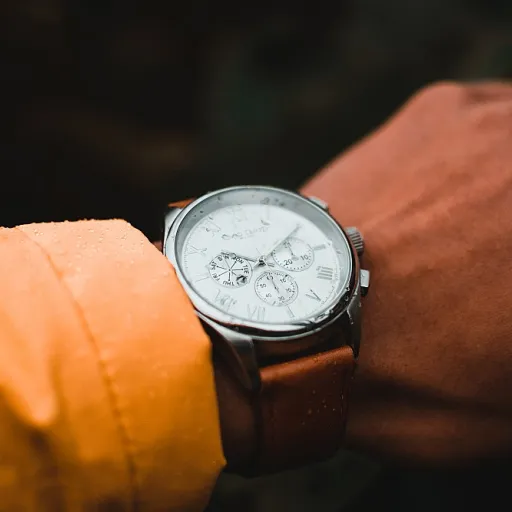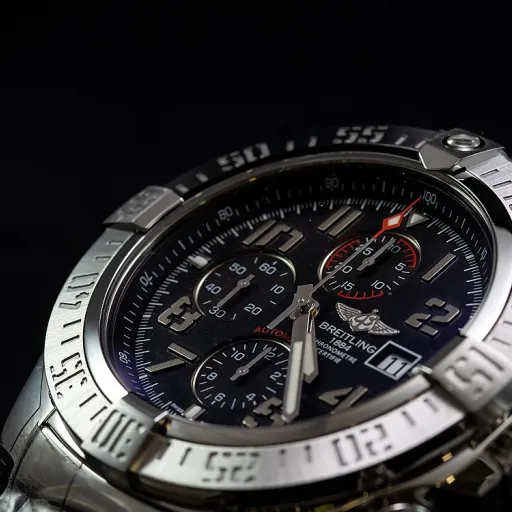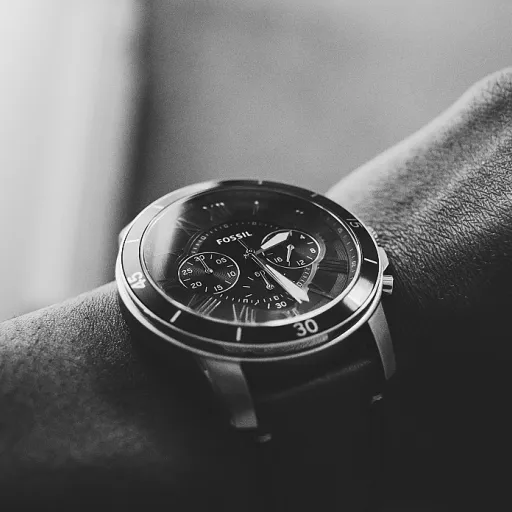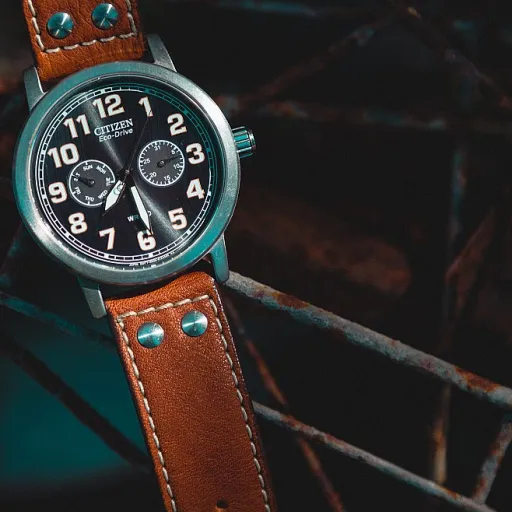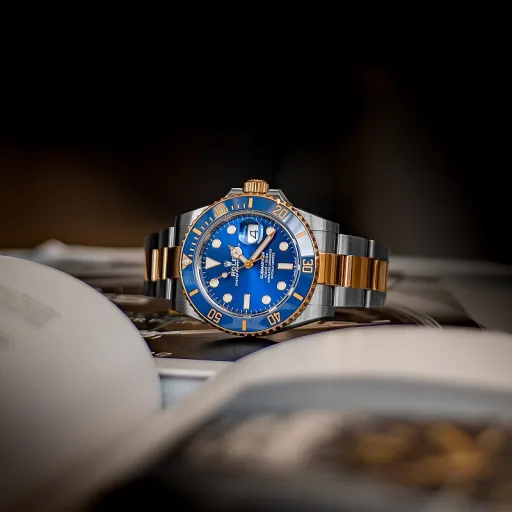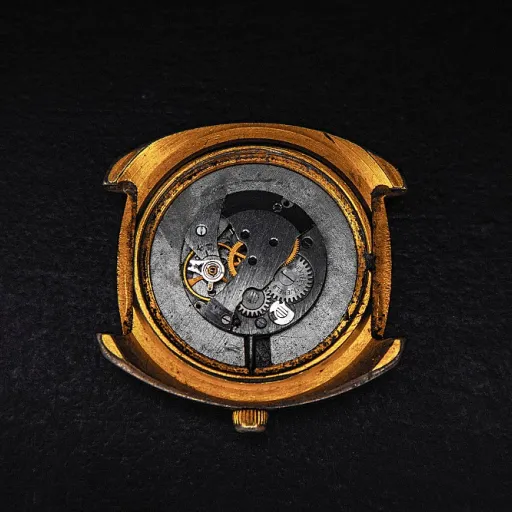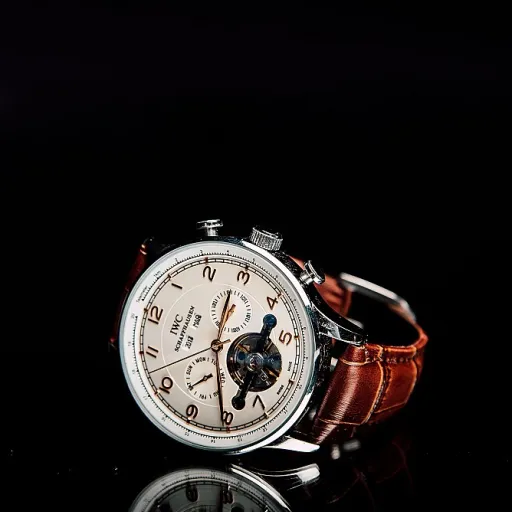
Understanding Bulova serial numbers
Decoding the Bulova Serial Number System
For anyone passionate about vintage Bulova watches, understanding serial numbers is a crucial step in authenticating and dating your timepiece. Bulova, known for its innovation and precision, has used a variety of serial and code systems over the years. These codes are found on the case back, inside the case, or on the movement itself, and each tells a part of your watch’s story.
- Case Serial Numbers: Most vintage Bulova watches feature a case serial number, which can sometimes help determine the production year. However, the system changed over time, so not all serial numbers will directly reveal the year.
- Movement Codes: Bulova movements often have a separate code or number. These movement codes, especially from the 1950s onward, use a letter and number combination (for example, L2 for 1952) to indicate the year of manufacture.
- Model and Reference Numbers: Some Bulova watches, especially later models, include a model or reference number. This can be helpful for identifying specific models, such as the Rubaiyat, ladies Bulova, or Bulova automatic wrist watches.
It’s important to note that Bulova’s numbering conventions evolved. Early American Standard and pocket watch models may use different formats than later wrist watches. For collectors, recognizing these differences is essential for accurate dating and authentication.
When examining a Bulova watch, always check both the case and movement for numbers or codes. Comparing these can reveal if the movement and case are original to each other, a key factor in verifying authenticity. For those looking to enhance their collection, understanding these serials is as important as choosing the perfect watch band replacement for your luxury timepiece.
In the next section, we’ll explore how to perform a Bulova watch serial number search, helping you find the information you need to trace your watch’s history.
How to perform a Bulova watch serial number search
Locating the Serial Number on Your Bulova
Before you can verify or date your Bulova watch, you need to find the serial number. For most Bulova watches, the serial number is engraved on the case back. On vintage Bulova models, especially those from the American Standard era or early Rubaiyat lines, the case serial can sometimes be found inside the case back or on the movement itself. For ladies Bulova watches and pocket watch models, check both the exterior and interior of the case, as well as the movement plate.
Understanding Bulova’s Serial and Code System
Bulova used several systems over the years to mark their watches. The serial number is not the same as the model or movement number. Alongside the serial, you may find a date code—a letter and number combination (like L5 for 1955) or a two-digit code (such as 54 for 1954). These codes are essential for dating Bulova watches and confirming authenticity. For example, a Bulova automatic from the 1960s will have a different code format than a 1920s American Standard case.
Performing a Serial Number Search
- Carefully record the serial number and any codes from the case and movement.
- Compare the serial and codes with trusted online databases and collector forums dedicated to Bulova watches. These resources often have tables listing serial ranges by year and model.
- For vintage Bulova or rare ladies models, cross-reference both the case serial and movement code for a more accurate dating.
- Be aware that replacement cases or movements can complicate identification. Always check for consistency between the case and movement codes.
Helpful Tools and Resources
Several websites and collector communities offer detailed guides for Bulova serial numbers, including tables for dating Bulova watches by year. For those interested in enhancing their collection or maintaining their timepiece, consider reading about replacing watch bands for additional care tips.
With patience and attention to detail, you can accurately trace your Bulova’s origins and ensure its authenticity. This process is especially rewarding for collectors of vintage Bulova, Rubaiyat, and American Standard models, where serial numbers and codes unlock the watch’s unique history.
Verifying authenticity with serial numbers
Steps to Confirm Your Bulova’s Authenticity
Once you have located the serial number on your Bulova watch, it’s time to use it as a tool for authentication. The serial number, often found on the case back or inside the case, is a key identifier for both vintage Bulova models and more recent releases. Here’s how passionate collectors and enthusiasts can use this code to verify a watch’s legitimacy:
- Compare the serial number with known Bulova codes: Bulova has used different serial and code systems over the years. For example, vintage Bulova watches from the early 20th century often feature a case serial number that can help date the watch. Cross-reference your number with published Bulova serial number charts and code tables. This step is especially important for rare models like the Rubaiyat or American Standard lines.
- Check for consistency between case and movement numbers: Authentic Bulova watches typically have a movement code or number that matches the era indicated by the case serial. If you find a mismatch between the case and movement codes, it could be a sign of replacement parts or a non-original assembly.
- Inspect for correct model markings: Genuine Bulova watches, including ladies Bulova and Bulova automatic wrist watches, will have clear engravings and consistent branding. Look for the Bulova logo, patent dates, and model designations. Faded or poorly executed markings can be a red flag.
- Assess the overall build quality: Authentic Bulova watches, whether pocket watch or wrist watch, are known for their craftsmanship. Examine the case, dial, and movement for signs of quality and originality.
For collectors interested in the nuances of luxury watch authentication, understanding how to use serial numbers is essential. It’s also worth noting that the world of luxury watches faces similar challenges with replicas and counterfeits. For a deeper dive into how collectors approach authenticity across brands, explore this article on the allure of Cartier bracelet replicas in the world of luxury watches.
Remember, serial numbers are just one part of the authentication process. Combining serial number research with expert advice and careful inspection will help ensure your Bulova watch is a genuine piece of horological history.
Tracing the history of your Bulova watch
Unveiling the Story Behind Your Bulova
Once you have identified the serial number and the movement code on your Bulova watch, you can begin to trace its unique history. Each Bulova timepiece, whether a classic American Standard pocket watch or a vintage ladies Bulova wrist watch, carries a story embedded in its serial numbers and codes. These details reveal much more than just the year of production—they can help you discover the model, movement type, and sometimes even the original market for your watch.
- Dating Bulova watches: The serial number, often found on the case back or inside the case, is your starting point. For vintage Bulova models, the first digit or two may indicate the year of manufacture. For example, a case serial starting with "1" could suggest a production year ending in 1, such as 1951 or 1961, depending on the decade and model.
- Movement codes: Bulova introduced movement codes in the late 1940s. These codes, like "L1" or "M2," correspond to specific years (L for the 1950s, M for the 1960s, etc.). Matching the movement code with the case serial can help confirm the authenticity and dating of your watch.
- Model identification: Some Bulova watches, especially Rubaiyat and early American Standard pieces, have unique case serials and patent dates. These can be cross-referenced with vintage catalogs or collector databases to pinpoint the exact model and production run.
- Tracing ownership and provenance: While serial numbers rarely reveal individual ownership, they can sometimes indicate if a watch was part of a special edition or a limited run. For passionate collectors, this adds another layer of intrigue and value to the piece.
For those interested in ladies Bulova watches or Bulova automatic models, the same principles apply. Look for both the case serial and movement Bulova codes. These elements together will help you build a timeline for your watch, from its manufacture to its journey through the years.
Remember, the more information you gather—case serial, movement code, patent dates—the clearer the history of your Bulova becomes. This process not only enhances your appreciation for the craftsmanship but also strengthens your expertise as a collector of Bulova watches.
Common challenges in serial number identification
Decoding Serial Numbers Isn’t Always Straightforward
When it comes to authenticating Bulova watches, serial numbers and codes are essential. However, passionate collectors and even seasoned experts often face hurdles during the identification process. Here are some common challenges you might encounter while trying to date or authenticate your Bulova timepiece:
- Inconsistent Serial Formats: Over the years, Bulova used different serial number systems for their watches, cases, and movements. For example, early American Standard cases may have a serial number that doesn’t match the movement’s code. This can make it difficult to pinpoint the exact year or model.
- Missing or Faded Numbers: On vintage Bulova watches, especially ladies’ models or pocket watches, the serial number or code may be worn off or barely visible. This is common with older wrist watch cases, making identification tricky.
- Case vs. Movement Codes: Bulova often stamped codes on both the case and the movement. Sometimes, these codes don’t align, especially if the watch has been serviced or had parts replaced. It’s important to know that the case serial and movement Bulova codes may refer to different years.
- Re-cased or Modified Watches: Some vintage Bulova watches, especially rare models like Rubaiyat or American Standard, may have been re-cased over the years. This means the case serial number might not match the original movement, complicating the dating process.
- Patent Dates vs. Production Years: Patent dates stamped on the case or movement can be misleading. They indicate when a feature was patented, not when the watch was made. This is a common source of confusion for those trying to date Bulova watches.
- Overlapping Codes: Bulova reused some codes and numbers across different models and years. For example, a code case from the 1940s might appear on both men’s and ladies’ Bulova watches, making it harder to identify the exact model or year.
Understanding these challenges is crucial for anyone passionate about collecting or authenticating Bulova watches. By carefully examining both the case and movement, and cross-referencing with known Bulova codes, you can improve your chances of accurately dating and verifying your timepiece. Always remember that patience and attention to detail are key, especially when dealing with rare or vintage Bulova models.
Expert tips for passionate collectors
Collector Insights for Navigating Bulova Serial Numbers
- Document Every Detail: When examining a vintage Bulova, always record the serial number, case code, movement code, and any patent dates. These elements, found on the case back or inside the case, are crucial for dating Bulova watches and confirming authenticity.
- Understand Model Variations: Bulova produced a wide range of models, including the Rubaiyat, American Standard, and various ladies Bulova wrist watch designs. Serial number formats and codes can differ between pocket watch and wrist watch lines, as well as between automatic and manual movement Bulova pieces.
- Cross-Reference Multiple Sources: Use reputable databases, collector forums, and official Bulova documentation to verify codes and numbers. For example, some vintage Bulova watches use a two-digit code to indicate the year, while others rely on a combination of case serial and movement codes.
- Beware of Re-Cased or Franken Watches: It’s not uncommon to find watches Bulova with mismatched case and movement numbers, especially in older or heavily restored pieces. Always check that the case serial and movement Bulova codes align with the expected year and model.
- Pay Attention to Ladies Models: Ladies Bulova watches often feature smaller cases and unique serial number placements. Take extra care when searching for codes, as they may be less visible or differently formatted compared to men’s models.
- Keep Up with Evolving Resources: The community of vintage Bulova collectors is active and frequently updates online resources. Stay engaged to learn about new findings, especially regarding rare models or changes in Bulova codes over the years.
| Element | Where to Find | Importance |
|---|---|---|
| Case Serial Number | Case back or inside case | Dating Bulova, model identification |
| Movement Code | On the movement itself | Year, movement type, authenticity |
| Patent Dates | Case back or movement | Helps confirm production period |
| Model Name/Code | Dial, case, or movement | Identifies specific Bulova models |
By combining careful observation with reliable resources, passionate collectors can confidently authenticate and date their Bulova watches, whether it’s a classic American Standard pocket watch or a rare ladies Bulova automatic. Remember, patience and attention to detail are your best tools when navigating the world of vintage Bulova serial numbers.
